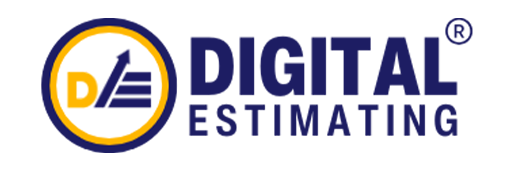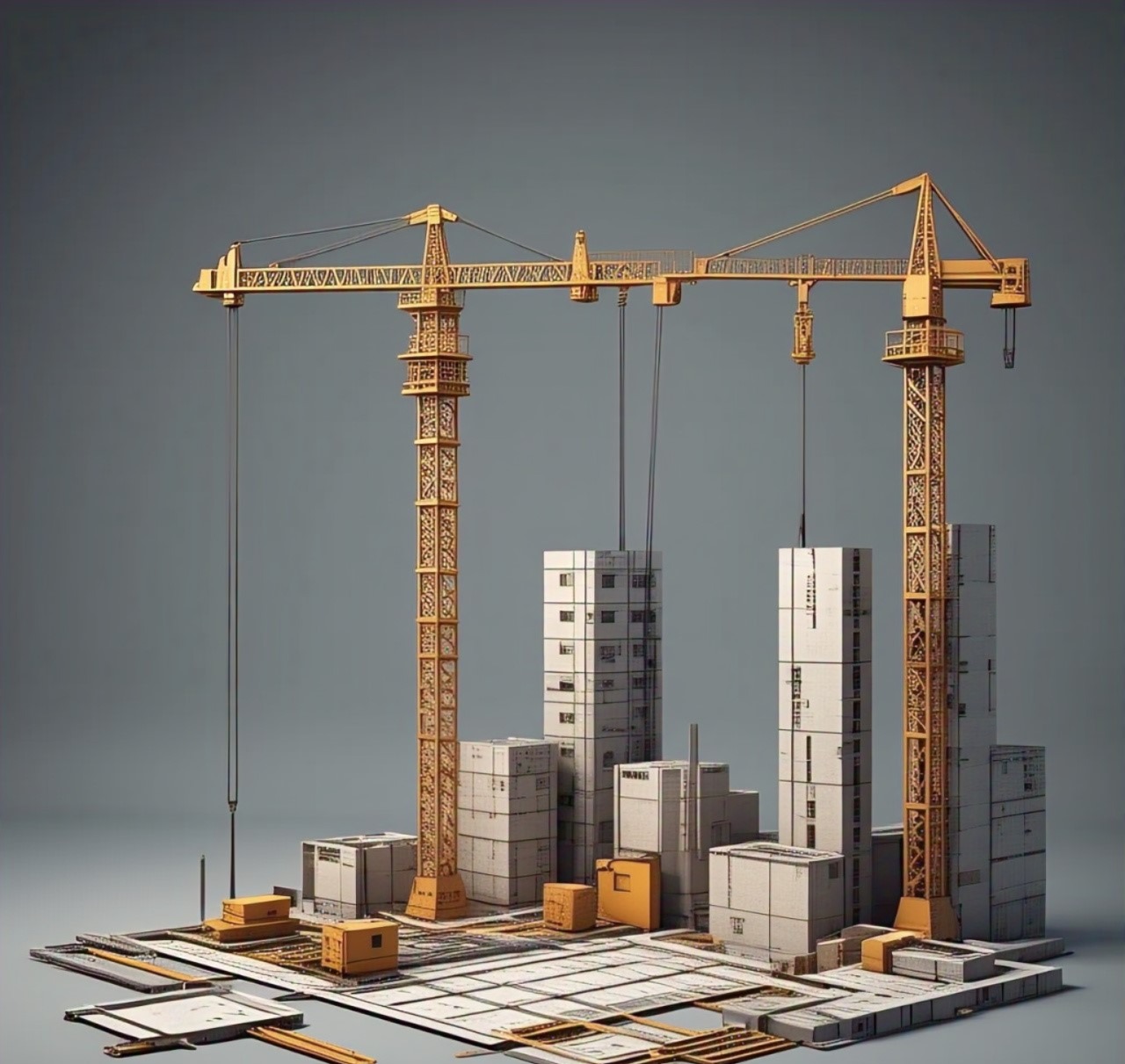In construction, a project’s success often hinges on the accuracy of its initial cost estimate. Get it right, and you set the stage for a smooth build and happy clients. Get it wrong, and you risk budget overruns, project delays, and damaged reputations. Fortunately, there are proven methods for creating precise construction cost estimates, each with its own strengths depending on the project type, size, and stage. Let’s dive into three of the most reliable techniques every contractor, project manager, or construction planner should know.
1. Unit Price Estimating
How It Works
Unit price estimating breaks a project down into smaller components and assigns a cost to each unit, whether it’s per square foot of drywall, per cubic yard of concrete, or per linear foot of piping. You calculate the total cost by multiplying the quantity of each unit by its respective unit price.
For example, if installing drywall costs $2 per square foot and you have 5,000 square feet to cover, you simply multiply the two to find your drywall cost.
Why It’s Reliable?
Detailed and Specific: Because you’re pricing every component individually, it’s easier to account for all materials and labor.
Adjusts Easily: If the project scope changes (say, the client adds another room), you can quickly update the estimate.
Good for Bidding: Many contractors use this method when submitting bids because it provides a clear breakdown of costs.
When to Use It?
- Medium to large projects where detailed design plans are available.
- Projects where scope changes are likely and quick recalculations are needed.
2. Square Foot Estimating
How It Works
This method is as straightforward as it sounds: you estimate the cost based on the project’s total square footage. You use historical data from similar completed projects to determine an average cost per square foot, then multiply it by the total area of the current project.
For instance, if building a commercial office typically costs $200 per square foot and your project is 10,000 square feet, your base estimate would be $2 million.
Why It’s Reliable?
Quick and Efficient: Perfect for early-stage budgeting when detailed designs aren’t finalized yet.
Data-Driven: When you base it on solid historical data, it gives you a realistic ballpark figure.
Helps Clients Make Decisions: Clients often need rough numbers early to decide if a project is feasible.
When to Use It?
- Very early stages of planning or feasibility studies.
- Projects similar to ones you’ve completed before (so your data is solid).
3. Assembly Estimating
How It Works?
Assembly estimating sits somewhere between unit price and square foot methods. Instead of pricing every single material or using only the building’s footprint, you group costs by building systems or assemblies—like foundations, framing, roofing, HVAC systems, etc.
Each assembly has an average cost based on typical labor, materials, and equipment needed, which you can adjust depending on project specifics.
Why It’s Reliable?
Balanced Detail: More precise than square foot estimates but faster than full unit price breakdowns.
Systematic: Makes it easier to spot missing components, like forgetting to include both materials and labor for a roof installation.
Good for Design-Build: Especially useful when working closely with architects and engineers in a design-build setting.
When to Use It?
- Mid-stage project planning when more information is available but not everything is finalized.
- Design-build projects where different teams are coordinating early.
Bonus Tip: Always Add a Contingency
No matter which method you use, building in a contingency—typically 5% to 15% of the total project cost—is essential. Unforeseen site conditions, weather delays, and material price fluctuations are common, and a contingency helps absorb these surprises without derailing your budget.
Conclusion
Accurate cost estimation is as much an art as it is a science. Unit price estimating offers the highest level of detail, square foot estimating provides speed and early-stage guidance, and assembly estimating strikes a happy medium between the two. Choosing the right method depends on where you are in the project timeline and how much information you have available.
Mastering these techniques won’t just improve your budgeting skills—it’ll help you build stronger client trust and more profitable projects.


